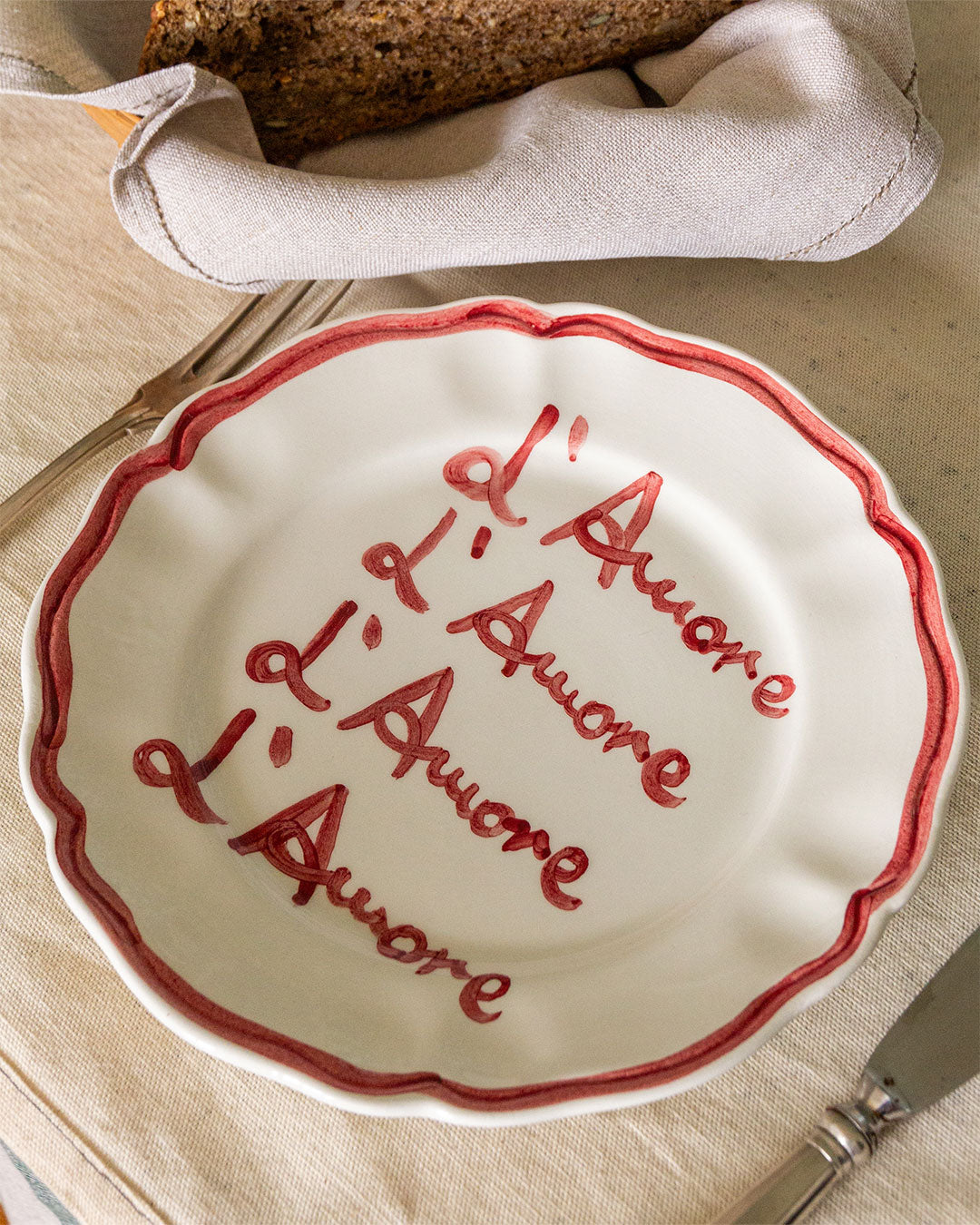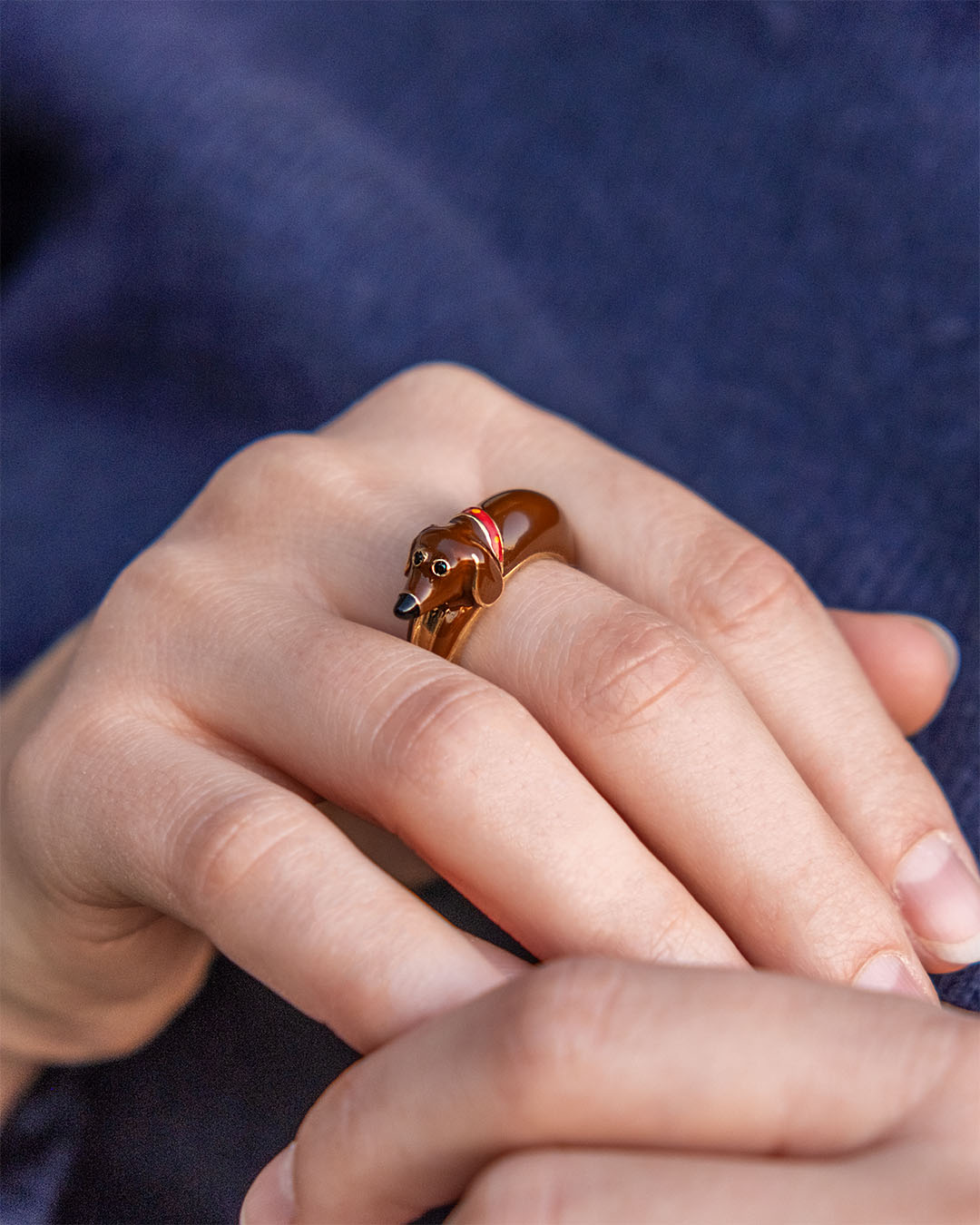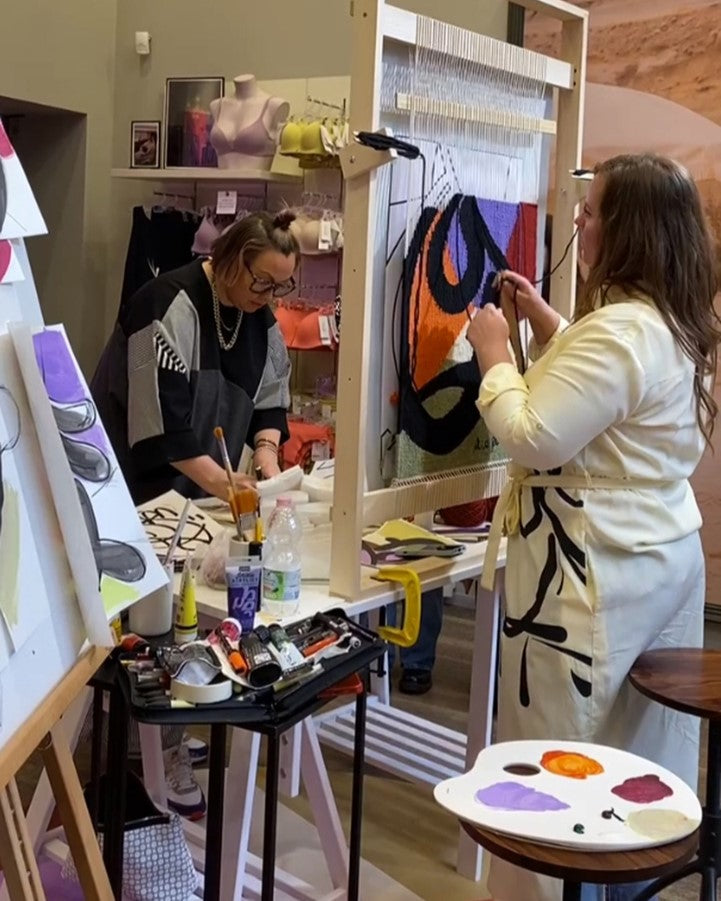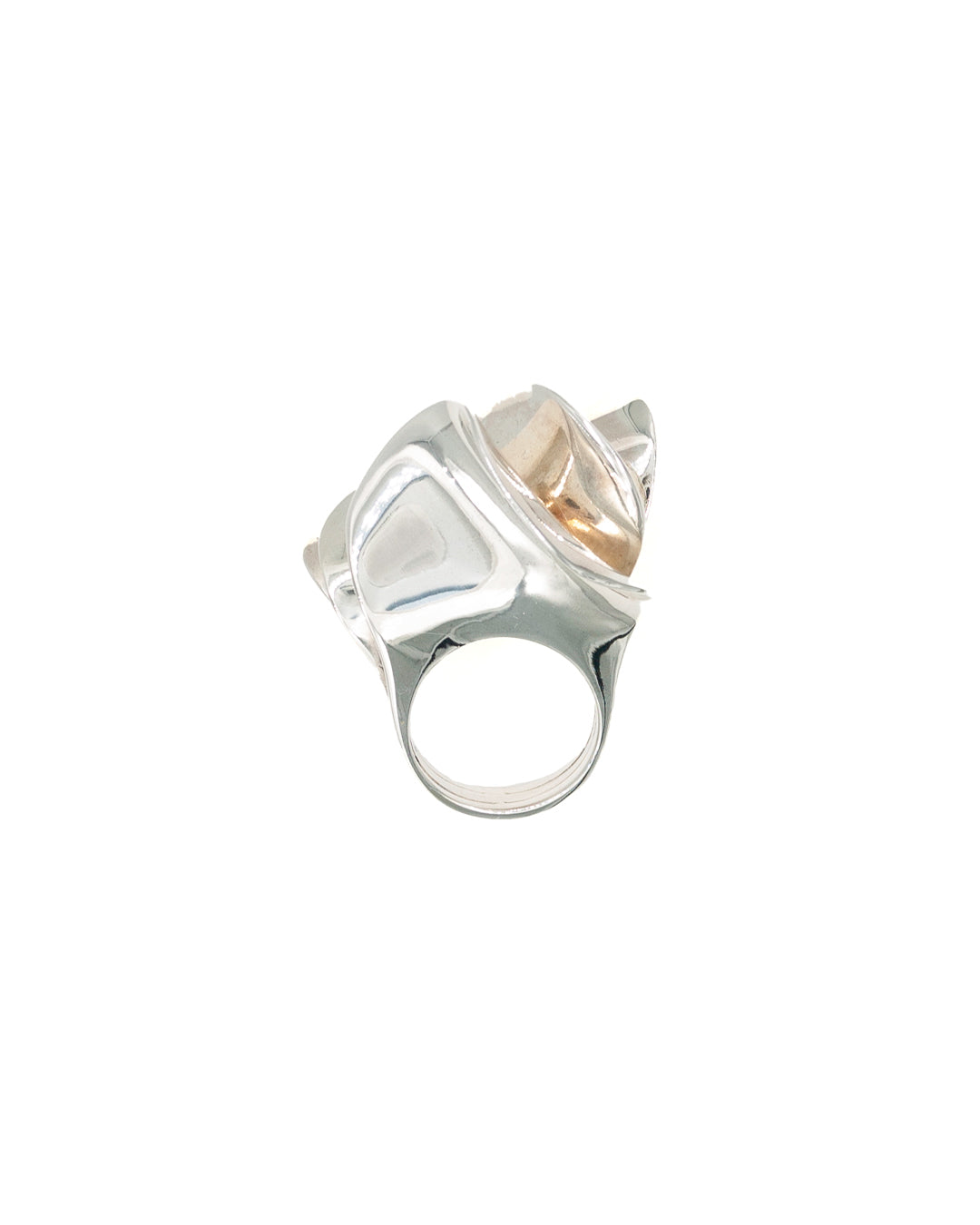

Tabitha Sowden
Lisbon, PORTUGAL
You might wonder...
more about Tabitha Sowden
Value in the details

MORE THAN JUST PRODUCTS
An ever growing community
Artisans, designers and creative minds are the protagonists! Do you want to join this amazing community? Reach out to us!

































